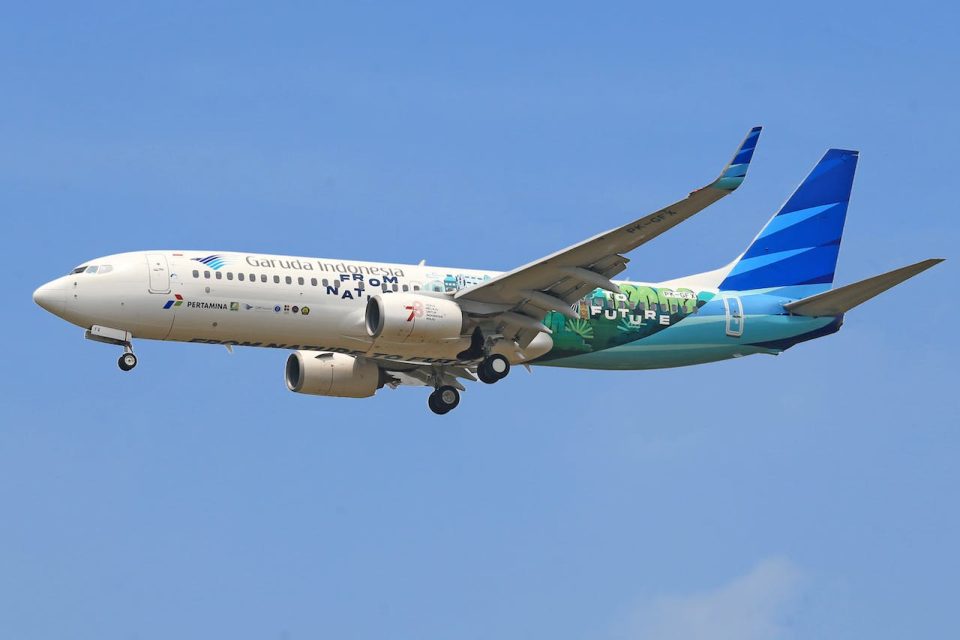Boeing, in its bid to recover from a series of crises, encountered a temporary setback on Wednesday as it revised down its 737 delivery forecast for the year due to quality concerns at supplier Spirit AeroSystems. Initially projecting a delivery range of 400 to 450 737 jets in 2023, the aerospace giant was compelled to revise its target to a range of 375 to 400 due to two distinct quality incidents at Spirit, responsible for crafting fuselages for the narrowbody aircraft.
Despite this, Boeing remains resolute in its pursuit of generating between $3 billion to $5 billion in free cash flow by year-end. Production plans continue on an upward trajectory, indicating the company’s commitment to fulfilling its target of at least 70 widebody 787 Dreamliner jets slated for delivery in 2023. This shift represents an increase in production rate from four to five jets per month.
Ailing defense operations have contributed to Boeing’s challenges, stemming from cost overruns on fixed-price contracts exacerbated by inflationary pressures. The most recent quarter unveiled losses of $797 million attributed to its next-generation Air Force One project and an undisclosed satellite initiative, culminating in yet another quarter of negative margins.
Nevertheless, there is a silver lining for Boeing. Earlier this month, the company expanded its inspection regimen to rectify a production defect, a move aimed at bolstering the safety of Boeing 737 MAX 8 aircraft. Addressing the workforce, CEO Dave Calhoun underscored the company’s proactive approach, stating, “I have heard those outside our company wondering if we’ve lost a step. I view it as quite the opposite. Thanks to the culture we’re building, we have identified non-conformances from the past that we now have the rigor to find and fix once and for all.”
The third quarter report disclosed a larger-than-anticipated cash outflow of $310 million, contrasting sharply with the $2.91 billion in cash generation recorded the previous year. Losses of $3.26 per share were reported, although revenue exceeded projections at $18.1 billion.
Despite this setback, industry analysts remain optimistic about Boeing’s prospects, pointing to the substantial order book for their jets as a safeguard against potential economic challenges. The long-term implications of the adjusted Boeing 737 delivery forecast for 2023 on the company’s standing are still uncertain.
In summary, Boeing has confronted several formidable challenges necessitating a downward adjustment in its production and delivery outlook for 2023. While their defense arm grapples with difficulties, the company’s plans for 737 jet production remain intact, and Boeing remains steadfast in its determination to achieve the $3 billion to $5 billion free cash flow target for the year.
Source: Reuters

